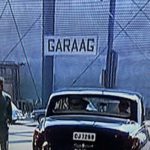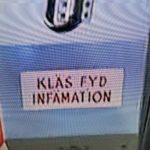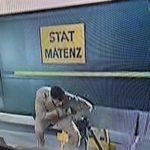Mizzione: Umpossobello
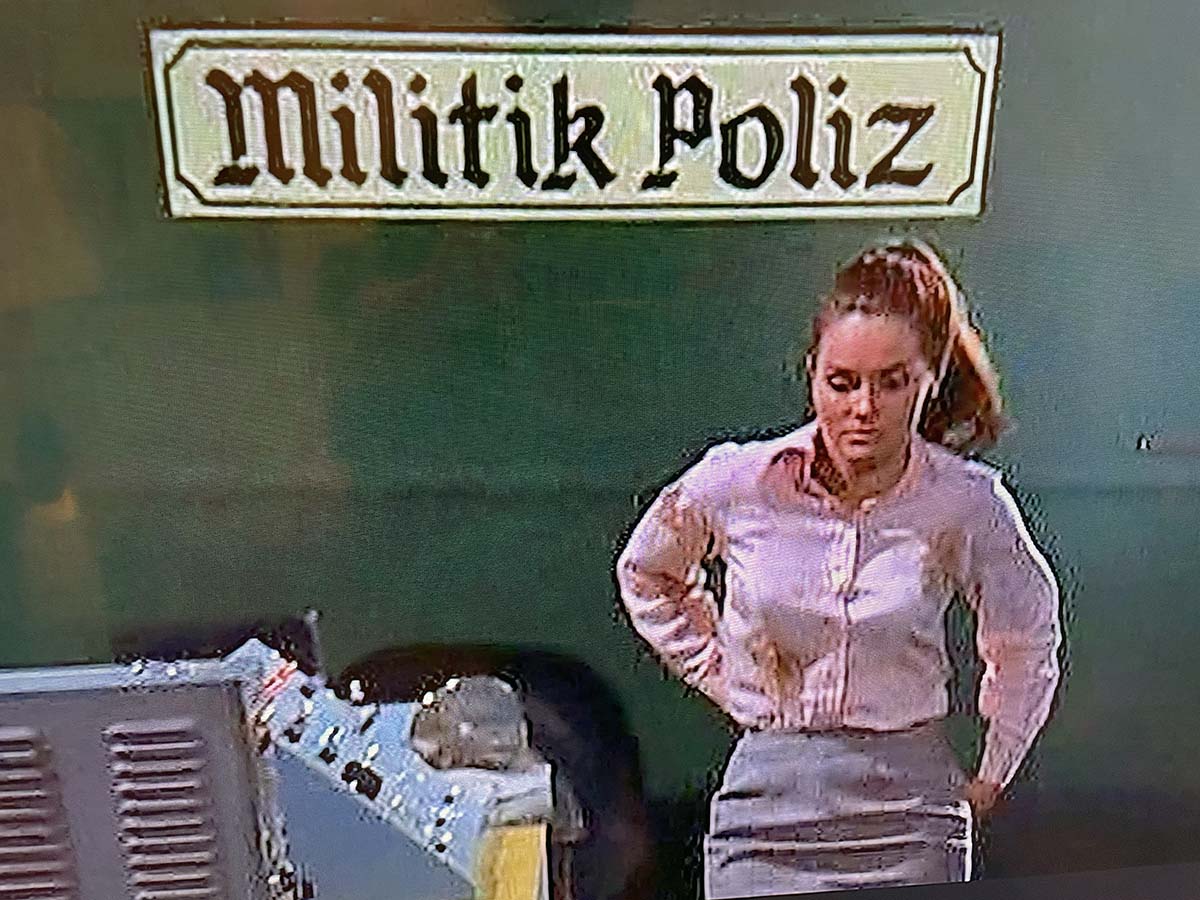 I’m a loyal watcher of the old “Mission: Impossible” TV series. Right now, you can catch one episode a week on METV. Monday mornings at 3 a.m. I expect that whenever the next Tom Cruise “MI” movie comes out, it’ll run more often. That’s what usually happens.
I’m a loyal watcher of the old “Mission: Impossible” TV series. Right now, you can catch one episode a week on METV. Monday mornings at 3 a.m. I expect that whenever the next Tom Cruise “MI” movie comes out, it’ll run more often. That’s what usually happens.
What I love is how it’s a time capsule of making TV in the late ‘60s and early ‘70s. The same character actors show up season after season. Sid Haig played eight different people. Arthur Batanides played six. John Vernon, four. They’d play a priest in one episode, disappear for a year, and then reappear as a gangster. It was easier to have that kind of career before DVDs and streaming.

You’d see palm trees in shots that are supposed to be eastern Europe. My favorite way they’d save money is by just shooting outside the soundstages of Paramount Studios in Hollywood. You need an alleyway or a warehouse exterior or a military base? Just set up outside Stage 11 and try to keep the Klingon extras out of the shot. (Both “Star Trek” and “Mission: Impossible” were Desilu productions.)
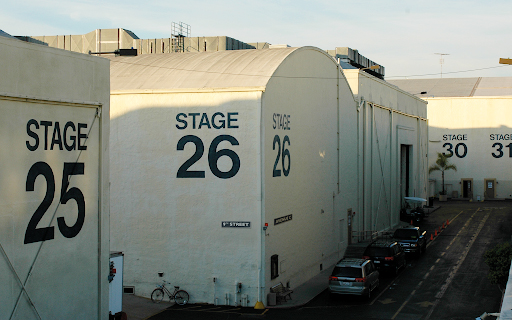
In a lot of episodes, the Impossible Missions Force (or “IMF”) sneaked into other countries and created chaos – kidnapping leaders and torturing them in exact replicas of their HQs or tricking people into assassinating each other by wearing latex masks. Because the IMF are clearly Americans, producers made up all the other countries filled with corrupt leaders and criminal generals. They’d wear Nazi-ish uniforms or be somewhere in Central America, but the locations were the “Eastern European People’s Republic” or “Valeria” or “Marnsburg.”
All those made-up countries need made-up languages, which led to set decorators creating signage with what they called “Gellerese.” Named for “Mission: Impossible” creator Bruce Geller, the words looked “foreign” while rarely being tied to a real language. Some versions of the story go that they were meant to be easy for American watchers to decipher even if they didn’t know Spanish or Russian. Of course, it’s also entirely possible that the folks making the signs were having fun and real translations would be tougher than just making them up. Here’s a collection I’ve grabbed in the past couple months.





